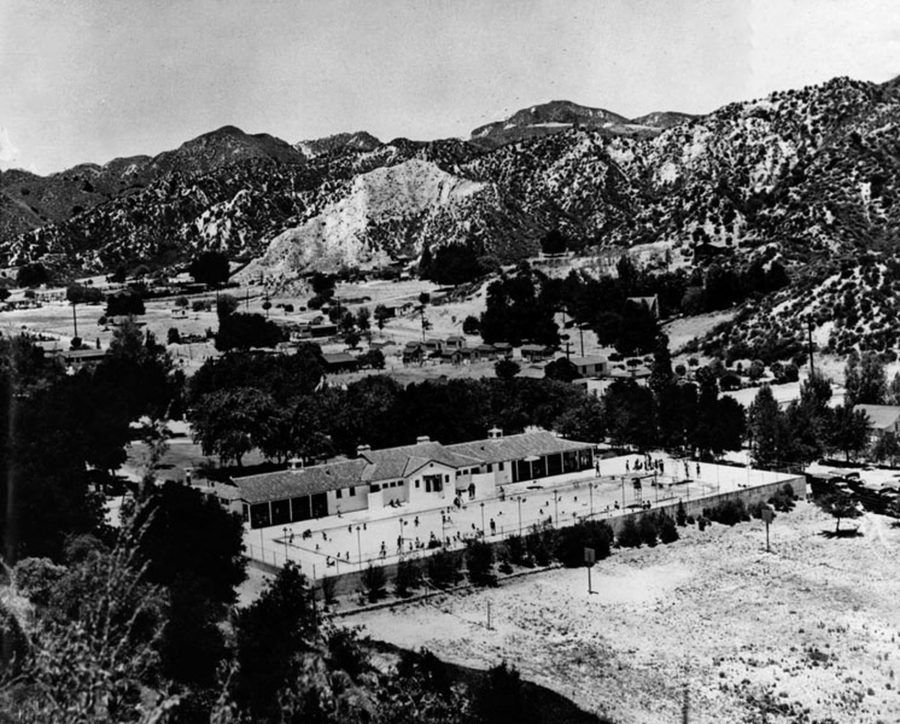We’re nearing the end of 2019 Black History Month in the US, and we sincerely hope that every reader has set aside some time this month to learn more about the occurrences and figures in Black American history that many of us didn’t hear about in school. Perhaps it wasn’t taught because it was not the history of the majority, and perhaps because it is a history that can be uncomfortable to look into.

We’re nearing the end of 2019 Black History Month in the US, and we sincerely hope that every reader has set aside some time this month to learn more about the occurrences and figures in Black American history that many of us didn’t hear about in school. Perhaps it wasn’t taught because it was not the history of the majority, and perhaps because it is a history that can be uncomfortable to look into.
Fortunately, today the Internet is a great source of information on black history, with numerous documentaries available and much written information. We came across a number if informative articles when searching the Internet with the question, “Do we really still need Black History Month.”
One reason we found for a month of study and recognition of black history is outlined in an article from magicvalley.com:
“…black history is more than a chronicle of atrocities. It is a tale of how tens of thousands of people strived and achieved much, despite all their hardships and limitations imposed upon them by both society and the government. Those achievements were often intentionally ignored, in both the press of the day and by the writers of history books. These stories can be found in every community in the nation, if one cares to look.”
Continuing the search, we looked for information on black history in California and in our community, and came across an article from Cultural Weekly that points to the history of Val Verde.
“Even though the city of Los Angeles was founded by 44 Black and Brown Spanish citizens in 1781, it remained one of the most segregated cities in North America for most of the 20thCentury. Restrictive housing covenants and redlining policies enforced by banks and insurance companies propagated these policies across Los Angeles County well into the 1970s, even after the Supreme Court declared them unconstitutional between 1948 and 1954. Such policies were even enforced in cemeteries.
“For many years, the Evergreen Cemetery in Boyle Heights was one of the only places people of color could be buried in Los Angeles County. Not surprisingly these policies also extended to places of recreation like parks and beaches. There were only a few parks and beaches that allowed the presence of people of color. One of the few early communities that did not restrict African-American Angelenos was Val Verde and Val Verde Park in Northwest Los Angeles County, just a few miles shy of the Ventura County line.
“Located just beyond Magic Mountain between hills in a lush pocket of the Santa Clarita Valley, Val Verde was considered the Black Palm Springs in the 1930s. Founded in 1924, it was designated as a resort area for African-Americans right from the beginning. In 1939, they built an Olympic swimming pool. The first African-American actress to win an Oscar, Hattie McDaniel, was known to frequent Val Verde during the 1930s.” Read more:
Another enjoyable find was a YouTube video entitled “LA Stories from the Map Cave.” It’s a very informative look at black history through maps of Los Angeles neighborhoods, and stories that go with those maps.
We hope Black History Month has been an enjoyable time of learning, and celebrating the great contributions Black Americans have made to our diverse world.




